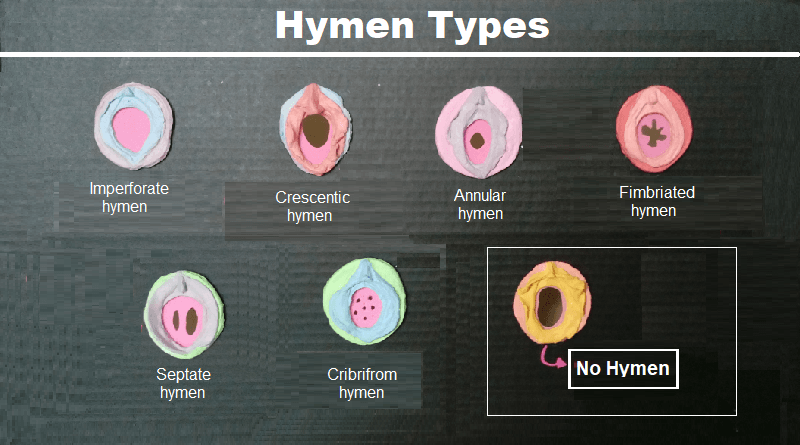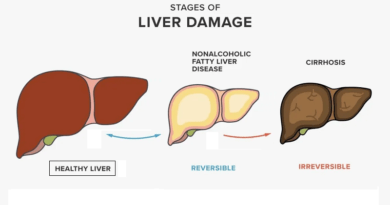Hymen Types: Shapes and Sizes Explained (Philippines Guide)
Last Updated on 10/10/2025 by Helal Medical
The hymen is a thin, flexible membrane, with different types. It partially covers the vaginal opening in most women. While it has long been linked to virginity and purity, naturally comes in different shapes and sizes. This is the truth! It can also stretch or tear due to non-sexual activities as exercise, tampon use, or medical procedures.
👉 In short: the hymen should not be considered a reliable indicator of virginity.
We’ll explore the different hymen types. We will discuss their health implications. Every concerned woman in the Philippines. and around the world, should know about hymen-related myths and facts.
💠 Different Types of Hymen
Each woman’s hymen is unique. Some types cause no problems at all. Others can lead to menstrual difficulties or pain during intercourse. These issues need medical attention.
1. Crescentic Hymen
The crescent-shaped hymen is the most common type. It forms a curved edge around the vaginal opening and is usually thin and elastic. It can easily stretch or tear during physical activity, sexual intercourse, or even a medical exam.
2. Annular Hymen
The annular hymen forms a full ring around the vaginal opening. It’s usually thicker and less flexible than the Crescentic type. Because of this, it takes more force to stretch or tear, which can sometimes cause discomfort.
3. Septate Hymen
In this type, a thin band of tissue runs across the vaginal opening, dividing it into two smaller holes. This condition is uncommon and cause pain or discomfort during menstruation or intercourse. A minor surgical procedure can correct it safely.
4. Cribriform Hymen
The Cribriform hymen has multiple small openings, resembling a sieve. It’s very rare and usually a congenital condition. This type can make menstrual flow difficult and need surgical correction.
5. Micro-Perforated Hymen
This hymen type has only a tiny hole, which not allow menstrual blood to flow properly. Women with this condition experience pain, bloating, or difficulty during intercourse. A doctor can perform a simple procedure to open it safely.
6. Imperforate Hymen
An Imperforate hymen completely blocks the vaginal opening, preventing menstrual blood from coming out. This can lead to abdominal pain, swelling, and infection. It’s usually detected during adolescence and treated through a minor surgical operation.
7. Fimbriated Hymen
A Fimbriated hymen has finger-like edges (like the fimbriae of fallopian tubes). It’s extremely rare and generally not harmful but look unusual during a gynecological exam.
⚕️ Important Notes for Filipino Women
- The shape or presence of the hymen does not decide virginity.
- The hymen can stretch naturally from activities like sports, cycling, or inserting a tampon.
- If you experience pain, swelling, or menstrual problems, consult a gynecologist for proper diagnosis and treatment.
- Open discussion and awareness about female anatomy help reduce stigma and misinformation in Filipino society.
🩺 Summary
Understanding the different hymen types helps bust common myths about virginity and female sexuality. Every woman’s body is different — and that’s completely normal.
This article highlights the various shapes and conditions of the hymen. These include imperforate, septate, and micro-perforated types. Some of these conditions need medical care.
👉 Takeaway Notes:
The hymen’s appearance does not define a woman’s purity or sexual history.
If you ever feel pain or discomfort, consult a trusted OB-GYN in the Philippines immediately. If you experience irregular periods, don’t hesitate to seek medical advice from a trusted OB-GYN in the Philippines.
Discover more from Helal Medical Manila
Subscribe to get the latest posts sent to your email.




